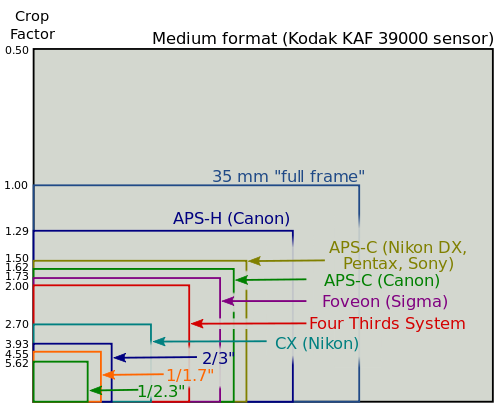Hi guys,
Was just trying to figure out the DP's decision to go with a 7D for the subway scenes on Black Swan over a 5D, in the interview he states:
Now I know that the 5D has shallower depth of field than the 7D because it's full frame.
But he goes on to say:
First of all, is a T-Stop equivalent to an F-Stop? So T-81/2 would be approx F-8/12? If so, he's basically that he used the 24mm at approx F8 to get a deeper DOF so he wouldn't need use extra gear like an external monitor etc (deeper DOF = more in focus), they just wanted to get in and out quickly, point and shoot style.
I may be confusing myself here but why not go for the 5D? At f8 on the 5D, wouldn't more light come through than the same lens at f8 on the 7D? Hence he could have used a lower ISO?
Or would f8 on the 5D also come with a shallower DOF too? Which is probably the case...
On another note: How the hell did he manage to use f8 and ISO 1600 indoors at night? my living room is a lot brighter than the subways are and I have to use f2.8 and ISO 1600... I must be missing something here?
FYI, if you haven't read the interview, it's pretty interesting:
http://www.alexandrosmaragos.com/2010/12/black-swan-canon-7d.html
Thanks....
Was just trying to figure out the DP's decision to go with a 7D for the subway scenes on Black Swan over a 5D, in the interview he states:
The 7D has more depth of field than the 5D, but I needed that because I didn’t have a follow-focus unit and needed to work really fast.
Now I know that the 5D has shallower depth of field than the 7D because it's full frame.
But he goes on to say:
I ended up shooting on a Canon 24mm lens at 1,600 ASA to get as much depth of field as possible at a stop of T81⁄2.
First of all, is a T-Stop equivalent to an F-Stop? So T-81/2 would be approx F-8/12? If so, he's basically that he used the 24mm at approx F8 to get a deeper DOF so he wouldn't need use extra gear like an external monitor etc (deeper DOF = more in focus), they just wanted to get in and out quickly, point and shoot style.
I may be confusing myself here but why not go for the 5D? At f8 on the 5D, wouldn't more light come through than the same lens at f8 on the 7D? Hence he could have used a lower ISO?
Or would f8 on the 5D also come with a shallower DOF too? Which is probably the case...
On another note: How the hell did he manage to use f8 and ISO 1600 indoors at night? my living room is a lot brighter than the subways are and I have to use f2.8 and ISO 1600... I must be missing something here?
FYI, if you haven't read the interview, it's pretty interesting:
http://www.alexandrosmaragos.com/2010/12/black-swan-canon-7d.html
Thanks....









